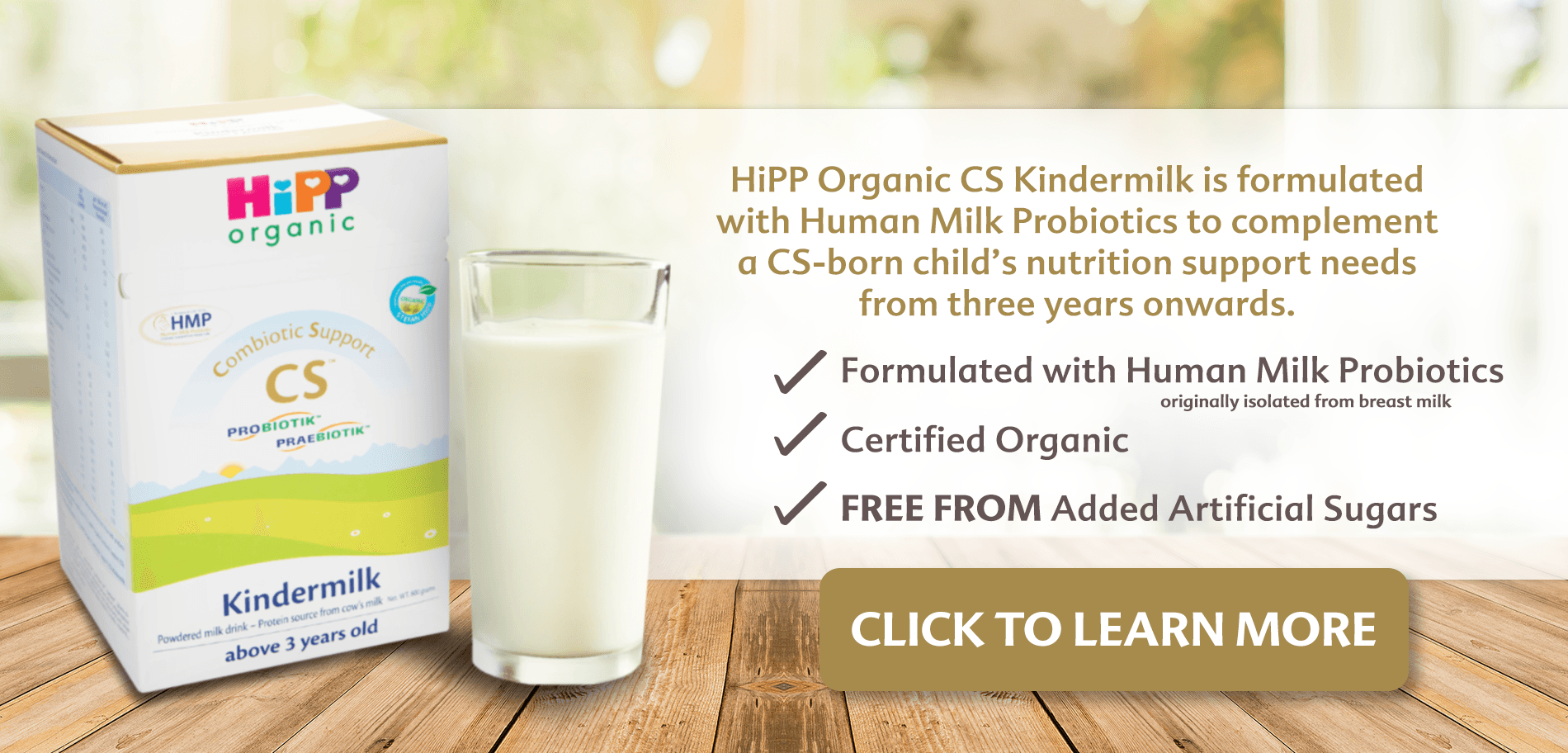5 Tips to Help Improve Digestive Tolerance
Signs of digestive intolerances such as colic, flatulence, and constipation worry many moms. What causes these digestive intolerances? How can they be managed or prevented?
The gastrointestinal (GI) tract plays an important function that contributes to a child’s overall health. It is where food is digested, absorbed, and where waste products are excreted. Inside the gastrointestinal tract are good bacteria called probiotics, which have been shown to boost immunity and improve cognition, which is related to performing brain tasks, in children.
Unabsorbed food plays a big role in causing maldigestion and the subsequent symptoms associated with it. A child with poor digestion will experience inadequate nutrient absorption. Undigested nutrients may cause discomfort and result in stomach pains, colic, flatulence, and constipation.
Click HERE to learn more about Common Digestive Problems in young children.
Here are five recommendations you can follow to help improve your child’s digestive tolerance.
1. Make sure your little ones stay hydrated.
3. Give your child enough probiotics to promote a healthy gut.
4. Encourage healthy eating habits.
5. Consider choosing organic for your little one.
Click HERE to download a printable list of tips to help improve your child’s Digestive Tolerance.
Final Note on Common Digestive Problems
Keep in mind that digestive problems in young children are often common conditions that can be improved by giving your child optimal nutrients from the milk and food they eat and by helping them stay active. The feeding choices you make for your child will ultimately influence their lifelong health. If your little one is experiencing serious digestive problems, seek immediate medical advice from your doctor to give you guidance on health and nutrition support.
For related articles on digestive tolerance in young children, you may be interested in the following:
A Guide To Common Digestive Problems in Children
What Is the Right Milk for Your CS-Born Child?
Human Milk Probiotics: Not All Probiotics Are the Same
Medical Disclaimer: The information included in this material is for informational purposes only. Always seek medical advice for any concerns about health and nutrition.
References:
Ballard O et al. Human milk composition: nutrients and bioactive factors. Pediatr Clin North Am. 2013;60(1):49-74.
Centers for Disease Control and Prevention. Infant and Toddler Nutrition: How Much and How Often to Feed. CDC resource page. Available at: www.cdc.gov/nutrition/infantandtoddlernutrition/foods-and-drinks/how-much-and-how-often.html. Accessed April 25, 2022.
Centers for Disease Control and Prevention. CDC resource page. Available at: www.cdc.gov/healthyweight/healthy_eating/water-and-healthier-drinks.html. Accessed April 25, 2022.
de Oliveira E, Burini R. The impact of physical exercise on the gastrointestinal tract. Curr Opin Clin Nutr Metab Care. 2009;12(5):533-538.
Dix M. What’s an Unhealthy Gut? How Gut Health Affects You. Healthline resource page. Available at: www.healthline.com/health/gut-health. Accessed April 25, 2022.
Galdeano C et al. Beneficial Effects of Probiotic Consumption on the Immune System. Ann Nutr Metab. 2019;74(2):115-124.
Gil-Campos M, et al. Lactobacillus fermentum CECT 5716 is safe and well-tolerated in infants of 1-6 months of age: a randomized controlled trial. Pharmacol Res 2012;65:231-238.
Łubiech K, Twarużek M. Lactobacillus Bacteria in Breast Milk. Nutrients. 2020;12(12):3783.
Mugambi M et al. Synbiotics, probiotics or prebiotics in infant formula for full term infants: a systematic review. Nutr J. 2012;11(1).
National Health Service UK. Bottle feeding challenges. NHS UK resource page. Available at: www.nhs.uk/start4life/baby/feeding-your-baby/bottle-feeding/bottle-feeding-challenges/constipation-and-bottle-feeding/. Accessed April 25, 2022.
National Institute of Diabetes and Digestive and Kidney Diseases. Eating, Diet, & Nutrition for Constipation in Children. NIDDK-NIH resource page. Available at: www.niddk.nih.gov/health-information/digestive-diseases/constipation-children/eating-diet-nutrition. Accessed April 25, 2022.
Ojeda J et al. Gut Microbiota Interaction with the Central Nervous System throughout Life. J Clin Med. 2021;10(6):1299.
Only About Children. The Importance of Good Gut Health in Children. Only About Children resource page. Available at: www.oac.edu.au/news-views/the-importance-of-good-gut-health-in-children/. Accessed April 25, 2022.
Thomas D, Greer F. Probiotics and Prebiotics in Pediatrics. Pediatrics. 2010;126(6):1217-1231.
United States Department of Agriculture. Infant Nutrition And Feeding. WIC Works Resource System; 2019. Available at: wicworks.fns.usda.gov/sites/default/files/media/document/infant-feeding-guide.pdf. Accessed April 25, 2022.
U.S. Department of Agriculture and U.S. Department of Health and Human Services. Dietary Guidelines for Americans, 2020-2025. 9th Edition. Available at www.dietaryguidelines.gov. Accessed April 25, 2022.









